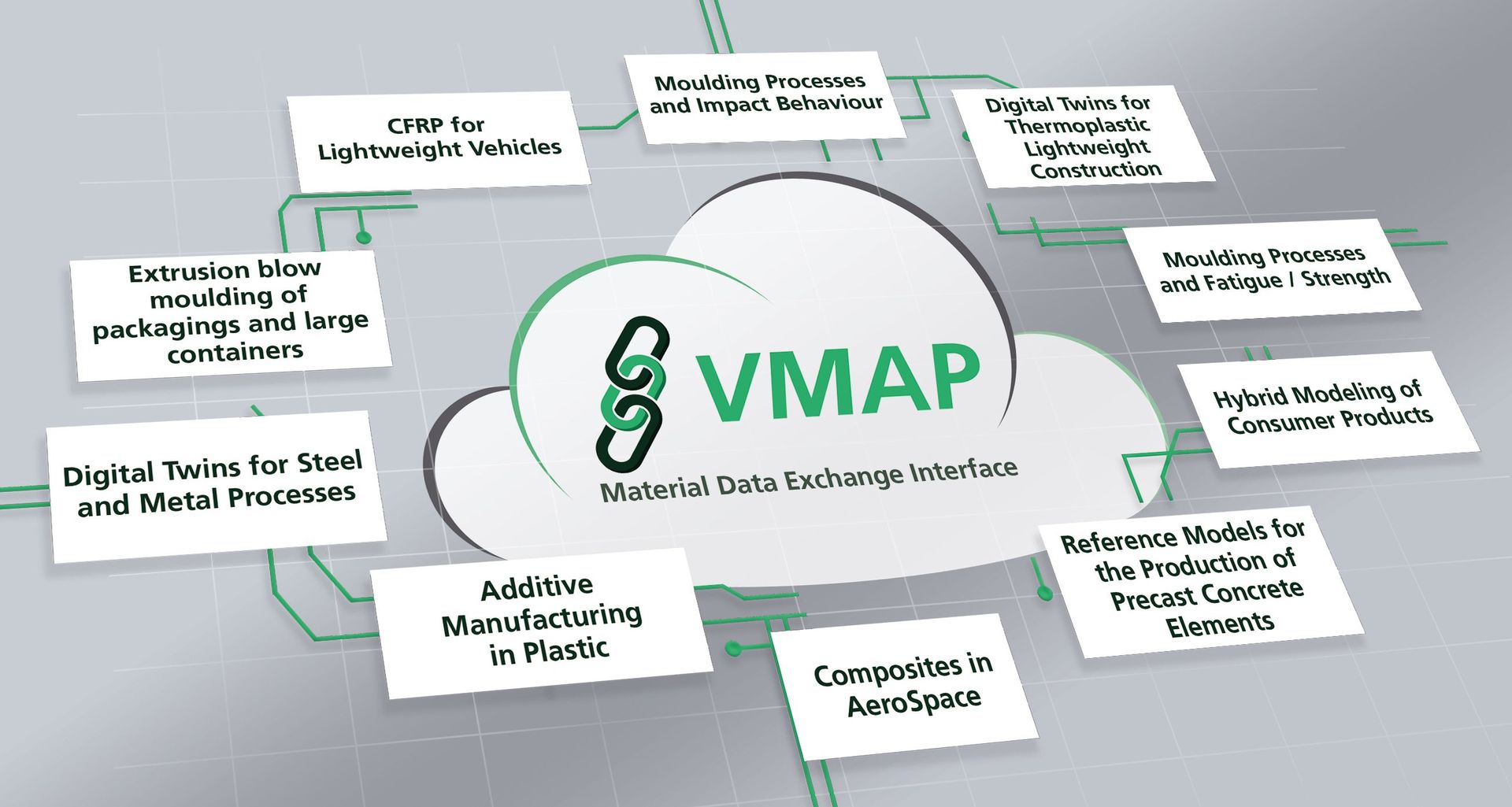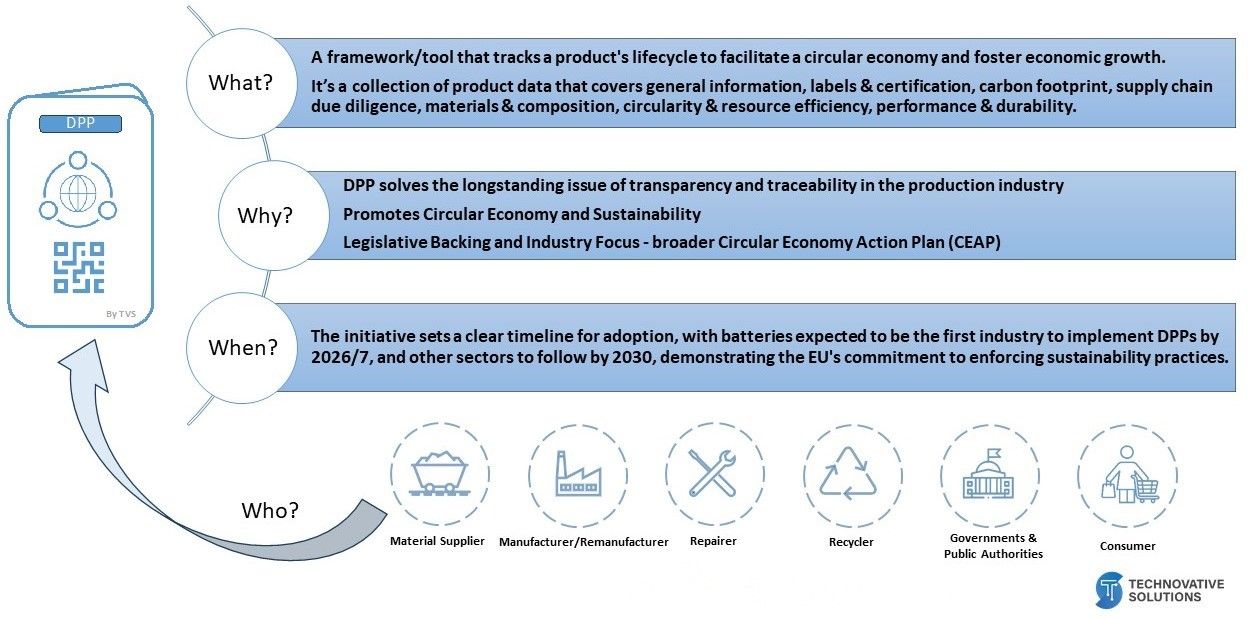The presentation focused on the pivotal role of Digital Product Passports (DPP) in fostering sustainability within a circular economy. It particularly covered why the DPP is essential, its legal backing, and the expected timeline for its implementation across various industries.
Technovative Solutions Ltd. (TVS) recently participated in the “1st VMAP User Meeting 2024” on 14-15 February in Germany.
The event mainly focused on the various R&D&I projects that are using and extending the VMAP standard. This standard, crucial for various engineering disciplines, serves as a foundation for numerous groundbreaking initiatives. The meeting also offered a chance for software companies to present their products to participants coming from multiple engineering fields. More than 35 professionals gathered from various industrial domains, like standardization, software vendors and OEMs, at the meeting.
Miah Raihan Mahmud Arman (Chief Technology Officer) delivered a presentation titled “Integration Platforms for Digital Product Passports” on behalf of Technovative Solutions LTD (TVS) in the meeting.
The presentation focused on the pivotal role of Digital Product Passports (DPP) in fostering sustainability within a circular economy. It particularly covered why the DPP is essential, its legal backing, and the expected timeline for its implementation across various industries. It also discussed the implications of DPP at a global level, especially considering European Union regulations.
In this exclusive interview with Miah Raihan Mahmud, we explore the 1st VMAP User Meeting 2024 in his eyes and the fascinating world of Digital Product Passports.
TVS: What were the discussion points of the meeting ?
Miah Raihan Mahmud: The VMAP User Meeting 2024 focused on in-depth discussions on VMAP's application in various industries and research areas. Key topics included integrating VMAP data into Computer-Aided Engineering (CAE) software ecosystems, collaborative projects on material modelling across different scales, semantic concepts for efficient simulation data management, leveraging VMAP standards for flexible electronics, and contributions of VMAP towards sustainability and digital twins. A significant portion of the agenda was dedicated to integrating Digital Product Passports (DPP) and discussing their applications in sectors like automotive, wind turbines, and waste management.
This integration highlights the synergy between VMAP's goal for interoperable simulation data and DPP's role in promoting sustainable manufacturing and circular economy principles.

Fig: Industrial use Cases from ITEA VMAP and other R&D projects illustrating the need and benefits of a standardised Material Data Exchange Interface
The meeting aimed to showcase practical applications and collaborative efforts to enhance interoperability and data exchange in simulation workflows, emphasising innovation and efficiency in engineering and manufacturing processes.
TVS: As an organisation, what was our contribution to the VMAP user group?
Miah Raihan Mahmud: On behalf of Technovative Solutions LTD (TVS) I presented "Integration Platforms for Digital Product Passports (DPPs)". This presentation focused on the role of DPPs in facilitating the transition to a circular economy, detailing the European Union's regulations and timelines for DPP implementation across various industries. WI explained DPP's definition, importance, and stakeholders, its benefits for transparency, traceability, and promoting circular economy practices, and how TVS's technology and solutions support compliance with DPP regulations and sustainability principles. The presentation also emphasised TVS's groundbreaking R&D efforts on DPP and its contribution to the Horizon Europe Projects JIDEP, RESTORE, ALABAMA, and BASE.

Fig: Digital Product Passport at a glance
TVS: What were the participants’ and audiences’ responses to TVS’s presentation?
Miah Raihan Mahmud: During TVS's presentation on Digital Product Passports (DPP), the audience and participants actively raised insightful questions. These questions covered topics such as creating DPPs for products with multiple components, using centralised databases and blockchain technology, and choosing QR codes over other data carriers like barcodes and RFID tags. TVS's responses highlighted that the creation of DPP is highly dependent on regulations, and blockchain technology is strategically used for data integrity. In addition, QR codes are practical for easy access and widespread compatibility with mobile devices.
TVS: What was the takeaway from the meeting and were there any specific areas where you felt TVS’s expertise was beneficial to the event's success?
Miah Raihan Mahmud: The eventhighlighted the synergy between VMAP's efforts to improve interoperability and data exchange in simulation processes and the DPP's aim to enhance product lifecycle transparency and sustainability. These discussions underscored the importance of collaborative initiatives in driving technological advancements and sustainability efforts within the engineering and manufacturing sectors.
Our expertise in blockchain technology, data management, and sustainable solutions was instrumental in enriching the event. The focus on Digital Product Passports (DPP) as facilitators of the circular economy notably elevated the dialogue on using advanced technology to ensure sustainability and meet regulatory standards in product lifecycle management. This knowledge sharing was pivotal in broadening the understanding of DPP's impact and application.
About VMAP-SC
The VMAP Standards Community (VMAP-SC) is a non-profit and non-governmental organizational group promoting the coordinated standardization and development of software technology and methods for the efficient material and engineering data transfer within Computer Aided Engineering (CAE) simulation processes. In particular, VMAP-SC develops and promotes the VMAP Standard and VMAP Software Libraries for specification, modelling, simulation and other analyses and design methods, as well as systems operations of physical and technical systems and processes.